Glaucoma specialist in Andheri, Mumbai
Glaucoma is the term used to describe a group of eye diseases which damage the optic nerve, the nerve that connects the eye to the brain. If left untreated glaucoma can result in blindness.

- Home
- Treatments
- Glaucoma
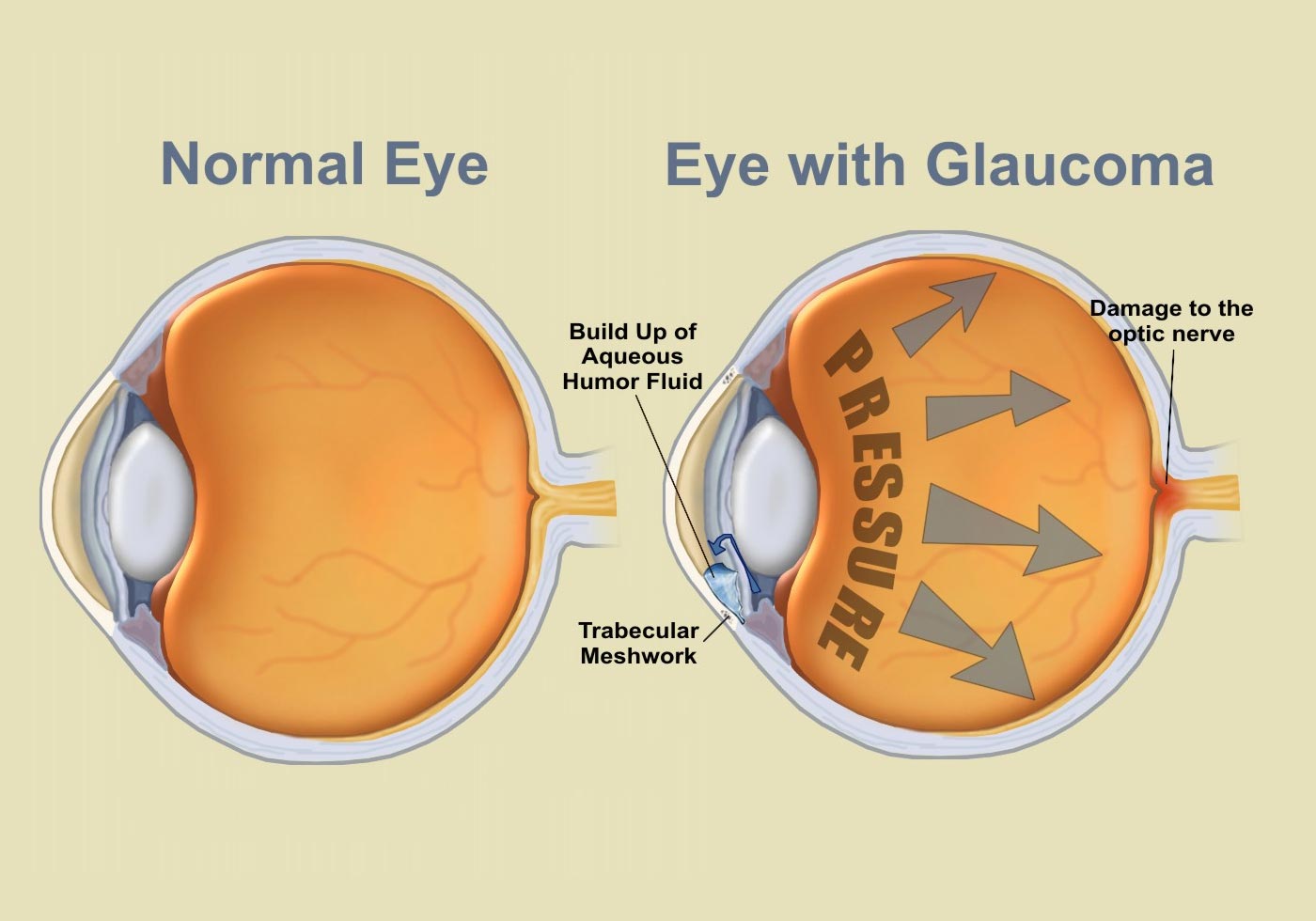
Glaucoma
Glaucoma is a group of eye diseases in which there is increased pressure in the eye which presses on the optic nerve and causes a gradual loss of peripheral vision.
Glaucoma is the second most common cause of blindness in the United States.

EQUIPMENTS FOR GLAUCOMA EVALUATION AT OUR HOSPITAL

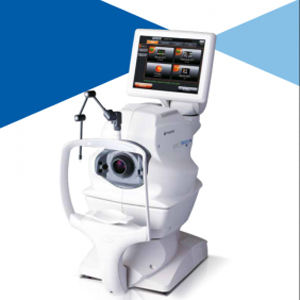
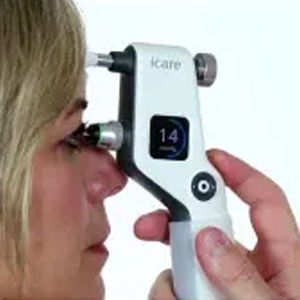
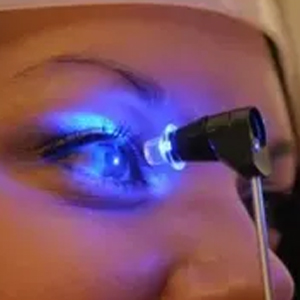
TREATMENTS:
MEDICINES (DROPS)
Doctors prescribe many types of medication to treat glaucoma. These drugs lower pressure inside the eye. Often, people with glaucoma have to take these medicines for life to control the pressure and limit vision loss.
Remember, you and your doctor must work together to determine the best medicines for you.
LASER TREATMENT
- Selective Laser Trabeculoplasty (SLT) is an in-office procedure that reduces intraocular pressure in patients with glaucoma. The laser is applied through a special contact lens to the drainage system of the eye where it stimulates a biochemical change that improves the outflow of fluid from the eye.
- Yag Laser Iridotomy is a treatment for narrow-angle glaucoma. In laser iridotomy, a small hole is placed in the iris to create a hole for fluid to drain from the back of the eye to the front of the eye. In most patients, the iridotomy is placed in the upper portion of the iris, under the upper eyelid, where it cannot be seen.
GLAUCOMA SURGERY
- Trabeculectomy is a standard surgery for glaucoma that lowers pressure inside the eye when medical treatments or laser surgery have failed to bring the eye pressure low enough. In this operation, a small hole is made in the wall of the eye, and a “trapdoor” or “flap” is created over this hole to allow fluid to escape the eye in a controlled fashion. The fluid is shunted from inside the eye, bypassing the obstructed trabecular meshwork, through the small hole and “trapdoor,” while remaining underneath the outer clear membrane of the eye (conjunctiva). This forms a small blister or “bleb” underneath the upper eyelid. Normally, no one will be able to see the “bleb” just by looking at the eyes.
- EX-PRESS Glaucoma Filtration Device is the latest and most effective device implanted during the glaucoma surgery to control the eye pressure. The EX-PRESS™ Glaucoma Filtration Device enables the drainage system of the eye, which has been damaged by glaucoma, to be bypassed.
FAQ
Frequently Ask Questions.
Learn more about eye operation, treatment, and best eye surgery in Mumbai, India.
Glaucoma is a progressive ocular disease that causes permanent vision loss, as a result of damage to the optic nerve that carries visual signals between the eye and brain.
There are four major types of glaucoma :
- Open-angle (chronic) glaucoma
- Angle-closure (acute) glaucoma
- Congenital glaucoma
- Secondary glaucoma
- Severe eye pain
- Headaches
- Nausea, vomiting
- Mid-dilated pupil
- Eye red and irritated
- Blurred vision
- Halos around lights
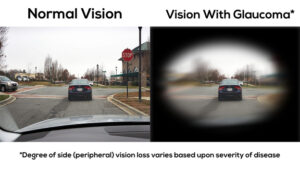
Anyone can suffer from glaucoma. But some people are at more risk than others and risk factors are:
- Increasing age.
- Nearsightedness.
- Family history of glaucoma children & siblings of known glaucoma patients should get their eyes checked regularly.
- Previous eye injuries or surgeries.
- Other diseases such as diabetes or high blood pressure.
- Thin Corneas are a risk factor for Glaucoma.
Laser surgery can aid in controlling the symptoms of glaucoma, but no treatments currently available will cure the disease. Several forms of laser surgery can help fluid drain from the eye or decrease the amount of fluid produced. These techniques support the maintenance of normal eye pressure and minimize the risk of further damage to the optic nerve.
- Glaucoma affects more than 70 million people, worldwide.
- Glaucoma is a leading cause of irreversible blindness, and accounts for 12.3% of global blindness.
- Glaucoma affects up to 5% of adults ages 70 and above, and increases to over 9% for those 80 and older.
Glaucoma is caused by high levels of pressure within the eye. This intraocular pressure (IOP) presses on the optic nerve, causing damage, and eventually leading to permanent vision loss.

